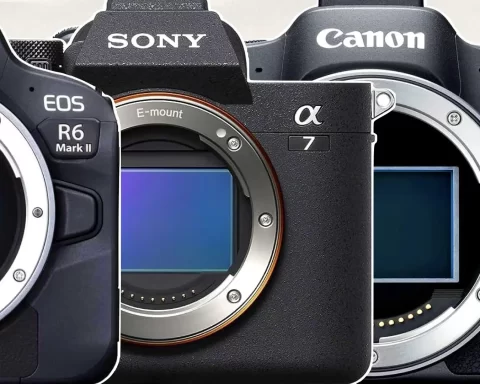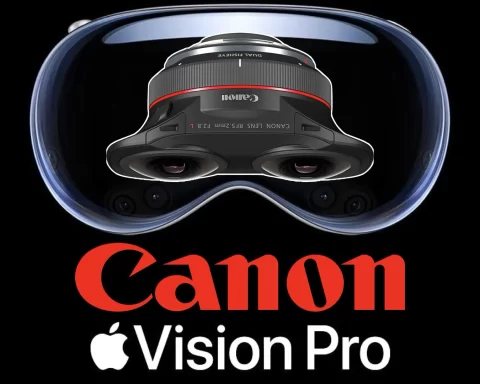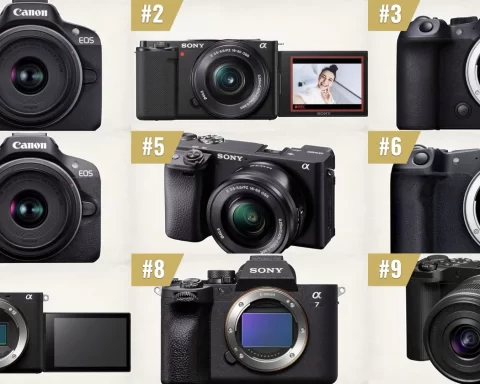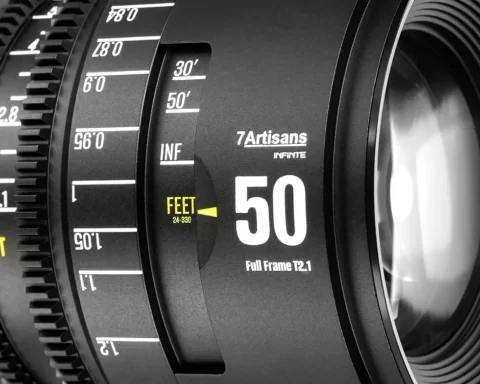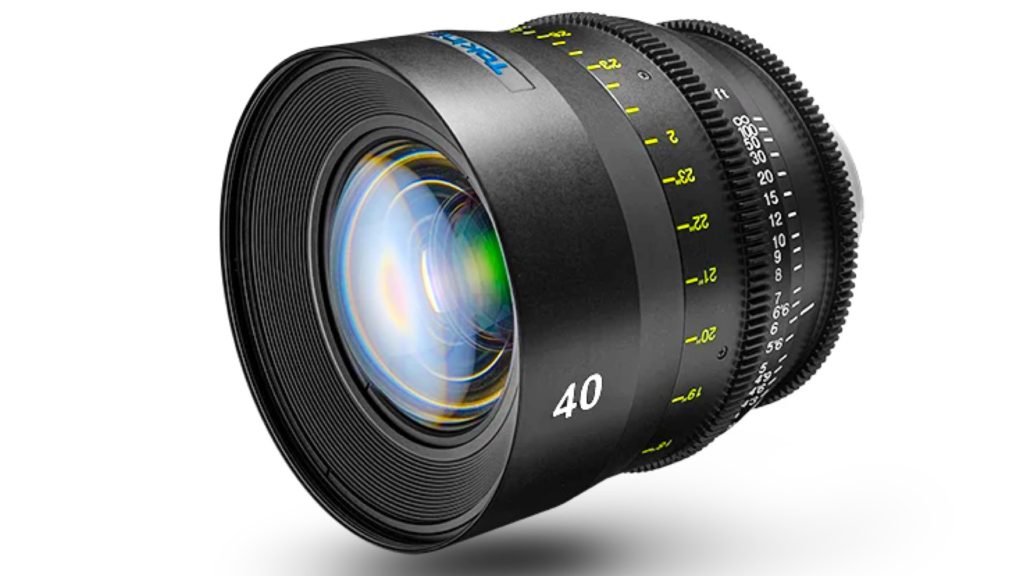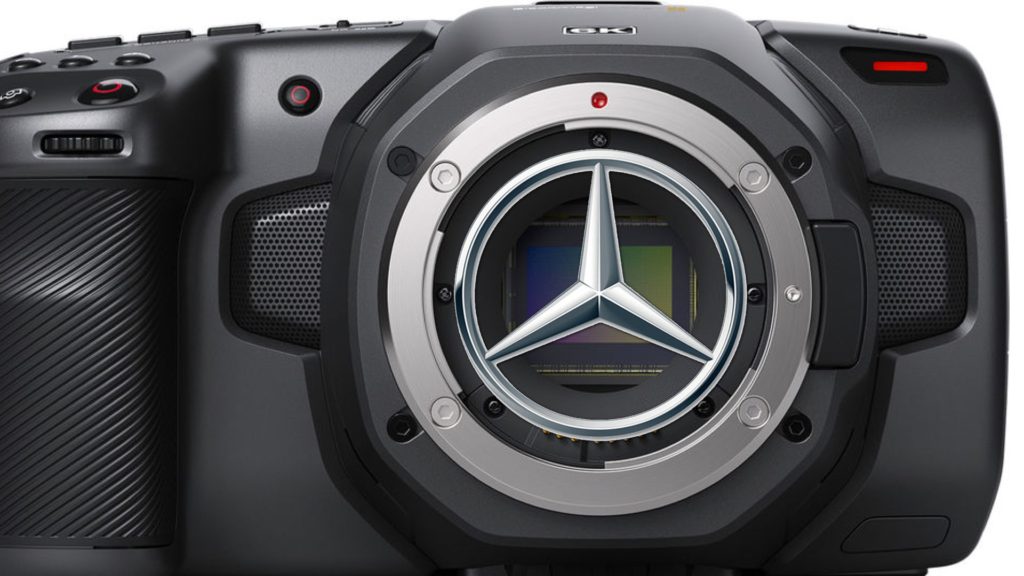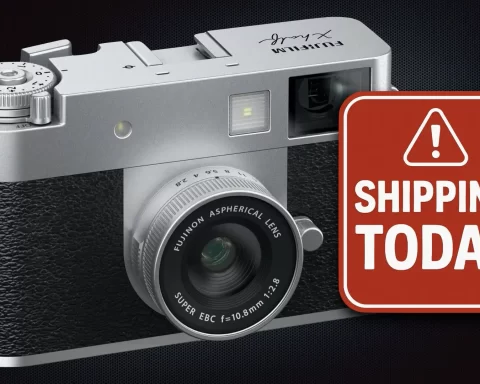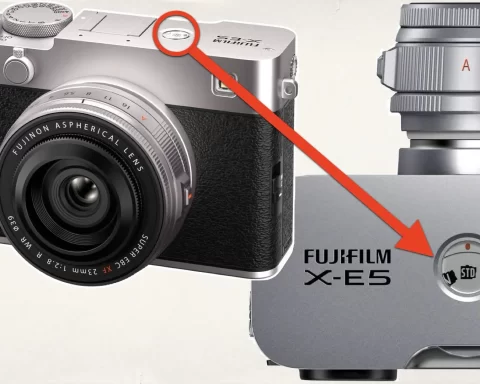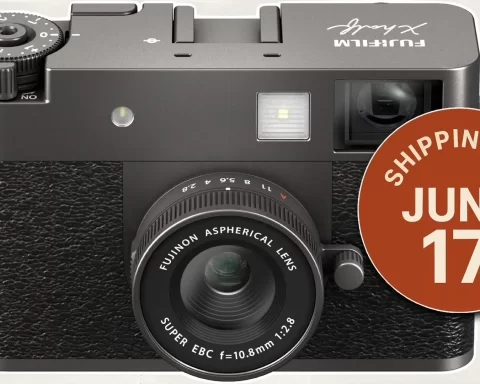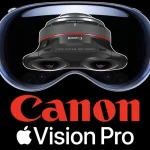Yesterday, Canon has introduced its next generation of multi-purpose cameras, the ML series which includes the ML-100, and the ML-105. The ML cameras are armed with a 35mm full-frame CMOS, which delivers high sensitivity ISO (4,500,000) for Full HD color video with a minimum subject illumination of less than 0.0005 lux. The goal is to allow the ability to capture color low-light images for special utilization. Let’s explore more.
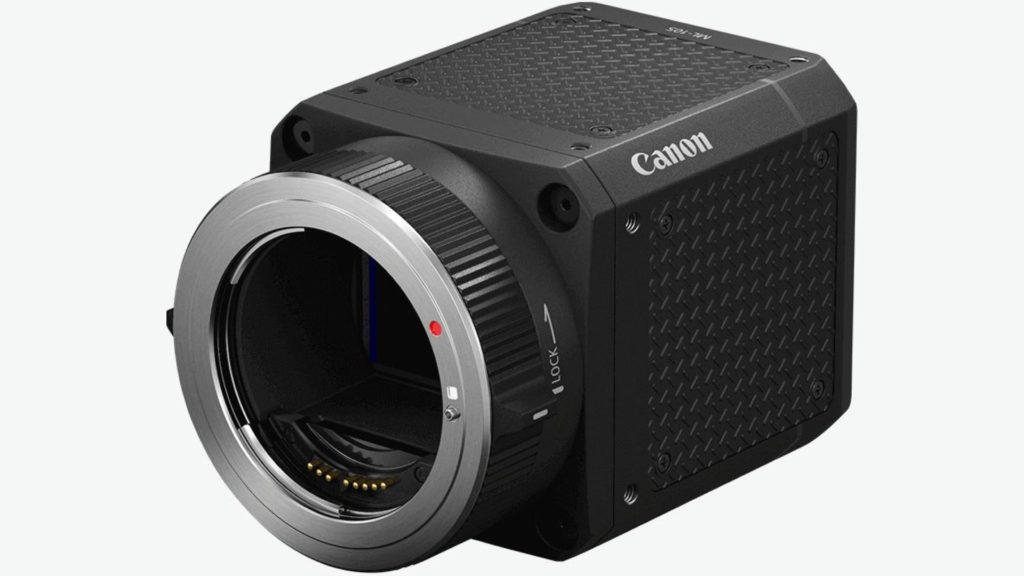
ML Series: Full sensor robust cubes
Canon’s new series of multi-purpose industrial machine vision cameras employ a next-generation 19um, 35mm full-frame CMOS sensor. The modular design of the cameras allows implementation and integration into industrial machine vision environments. The ML series is available in two models with two different lens mounts and two video output configurations to choose from, for a total of four camera options. The camera body is fortified with a robust build that is shock and dust resistant, in order to withstand extreme climates and harsh production environments.
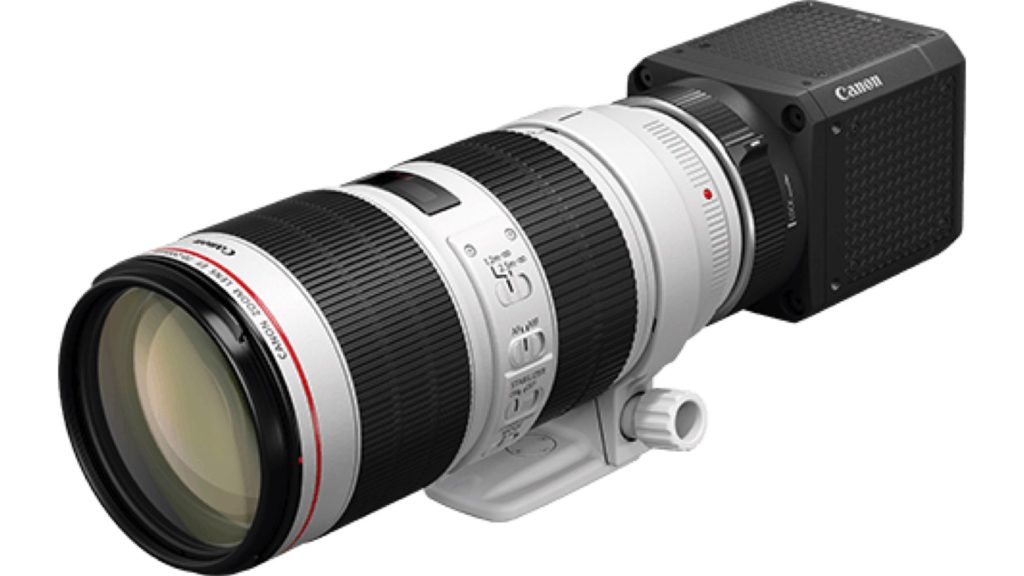
ML-100 and ML-105
The ML-100 camera features a CoaXpress terminal, which allows for the transmission of video, camera-control data, and power on a single coaxial cable. The CoaXpress terminal produces 12-bit RAW data output at up to 73 fps and allows for more flexibility during processing. The ML-100 features approximately 2.74 million pixels of maximum video output and supports Region of Interest, which can improve frame rate output up to 164 fps at 720p resolution. The ML-105 camera features a 3G/HD-SDI video terminal and can be suited for standard video environments where Canon image processing, including YCC 4:2:2 10-bit output, is required. The ML-105 features the Canon DIGIC DV4 Image Processor, capable of delivering Full HD resolution at 60fps. Both cameras can be ordered with either an EF or M58 mount for total system design flexibility.
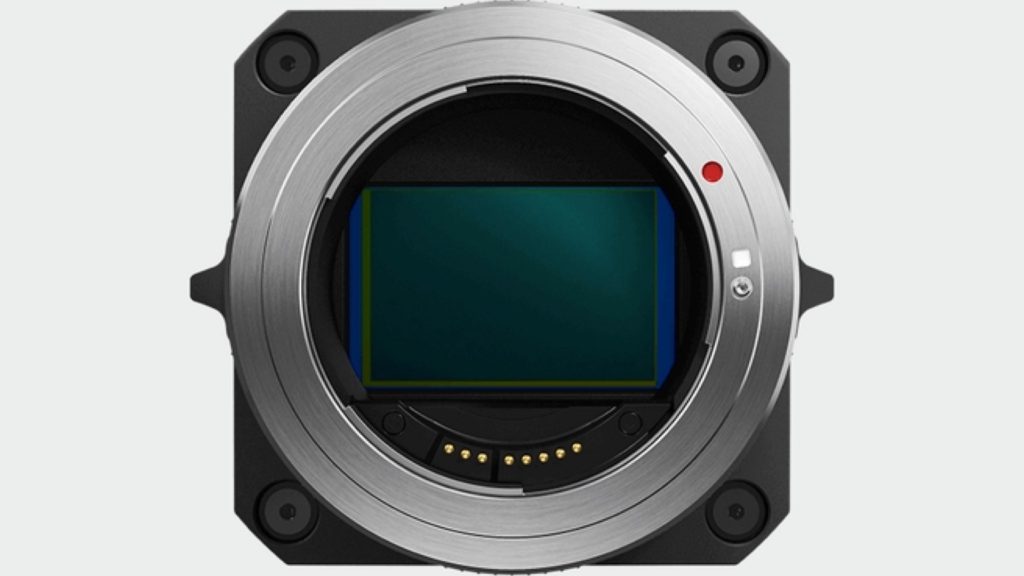
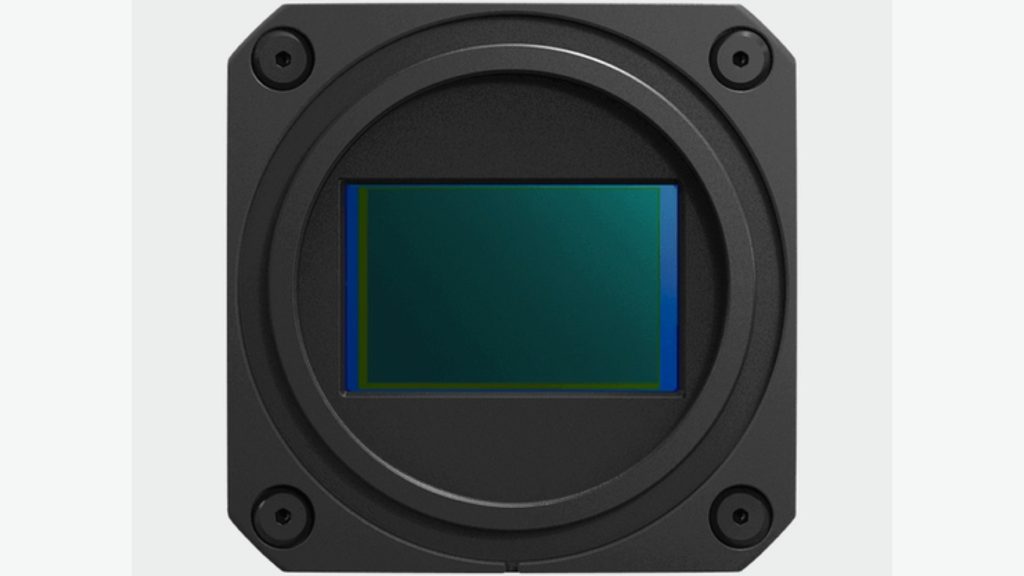
Dedicated for extreme low light performances
The ML’s ultra-sensitive full-frame CMOS sensor captures up to ISO 4 million in environments with a minimum illumination level of 0.0005 lux. These new cameras are the successor of the ME20F-SH model which also specializes in extremely low light capabilities. However, the main advantage of the ML series is its compact cube-style size.
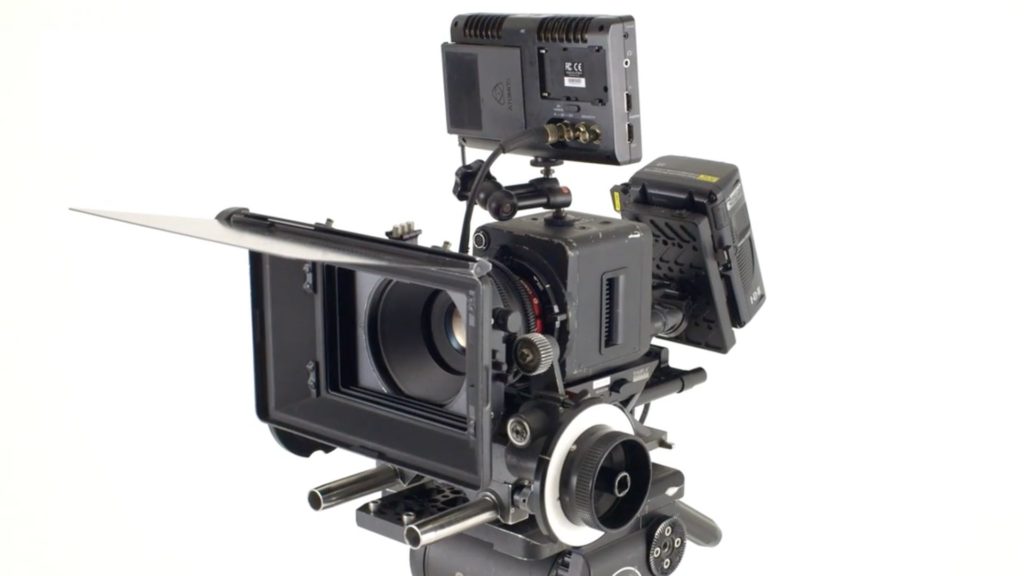
Compared to the ME20F-SH
The ML-100 M58 comes in a box-style design which allows the camera to be easily configured with a wide range of system devices. The ML-100 M58 is more than 50% smaller while maintaining the sensitivity performance of the ME20F-SH. Its modularity allows it to be used on multi-sensor optical systems, surveillance systems for defense, systems for research and surveying, and more.
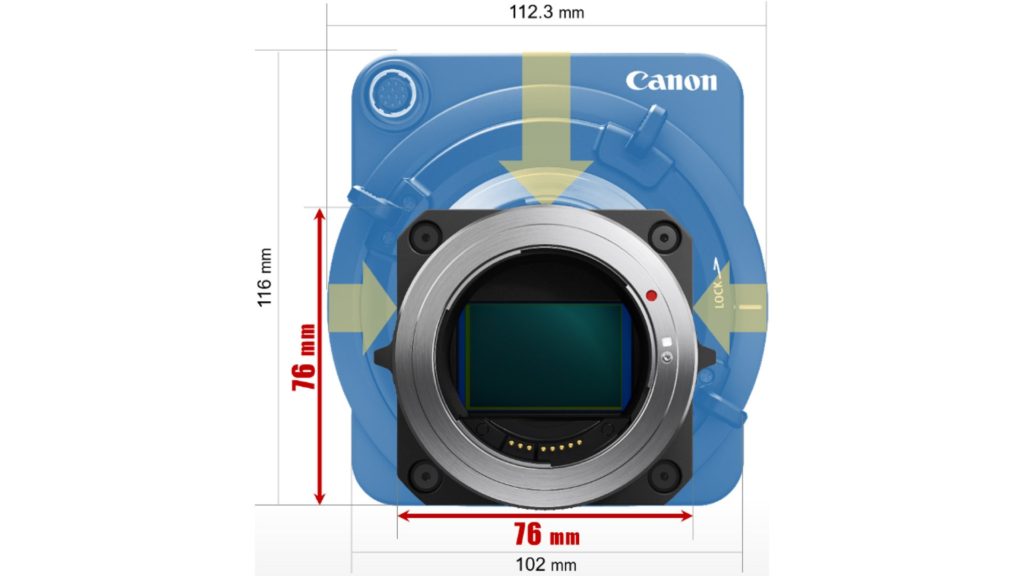
Technical specifications ((ML-100 M58)
Imaging Sensor
- Effective Pixels: 2152 x 1270 (2.74 megapixels)
- Total Pixels: 2220 x 1360 (3.02 megapixels)
- Sensor Type: CMOS
- Sensor Size: Full Frame
- Sensor Modes: Full Frame, center cropping to 1920×1080, 1280×720
- Pixel Pitch: 19 μm
- Scanning System: Progressive
- Filter: RGB Primary Color Filter (Bayer Array)
Lens Mount
M58 screw-on type with the flexibility to use adapters to various mount types
Video recording
- RAW Output: No onboard recording, Bayer RAW Output over CoaXPress (8/10/12/16-bit)
- 2152 x 1272 (full view): Approx. 97 fps 8-bit to 54 fps 16-bit
- 1920 x 1080 (center-cropped): Approx. 114 fps 8-bit to 72 fps 16-bit
- 1280 x 720 (center-cropped): Approx. 164 fps 8-bit to 162 fps 16-bit
Connections
- CoaXPress: RAW Video Output, Power Input, GenICam Control
- Remote Terminals: Remote camera control done through CoaXPress interface GenICam Protocol
- Camera Control Unit: CoaXPress Interface via GenICam Protocol
Structure
- Dimensions: (Width x height x depth)- Approx. 76 x 76 x 83 mm (3.0 x 3.0 x 3.3 in)
- Weight: Approx. 550 g (1.2 lb)
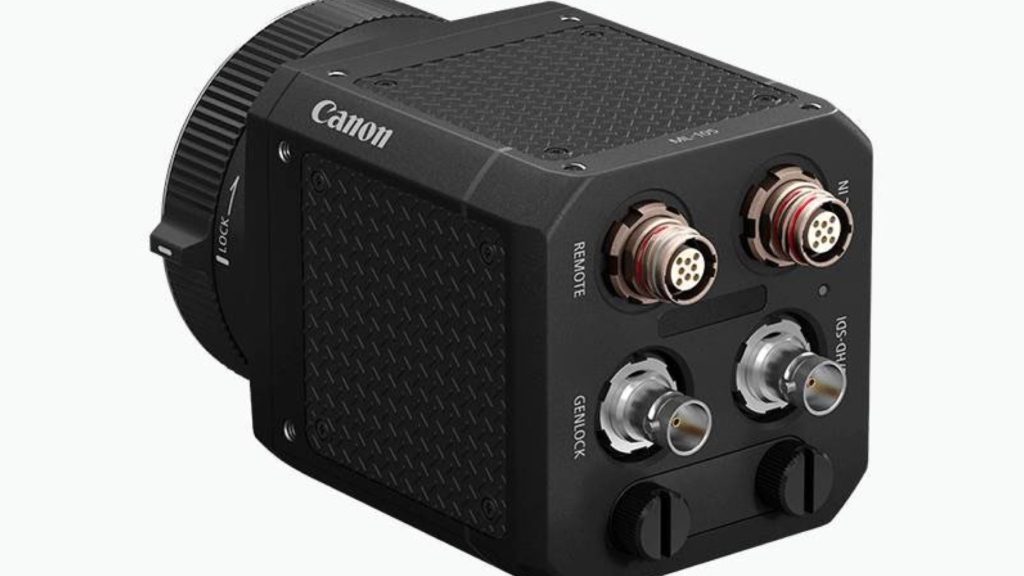
Price and availability
The M58 mount version of the Canon ML-100 multi-purpose camera is scheduled to be available at the end of December 2020. No info regarding the price. BTW, the predecessor model costs $20,000.
Final thoughts
The ML rugged cubes were designed for industrial utilization, which means there are not dedicated to consumer use. However, if we’ll try and explore the big picture, there is a chance that the technology implemented that allows extreme ISO, full-frame sensors inside a robust cube, will be also be applied to the EOS products as well.


